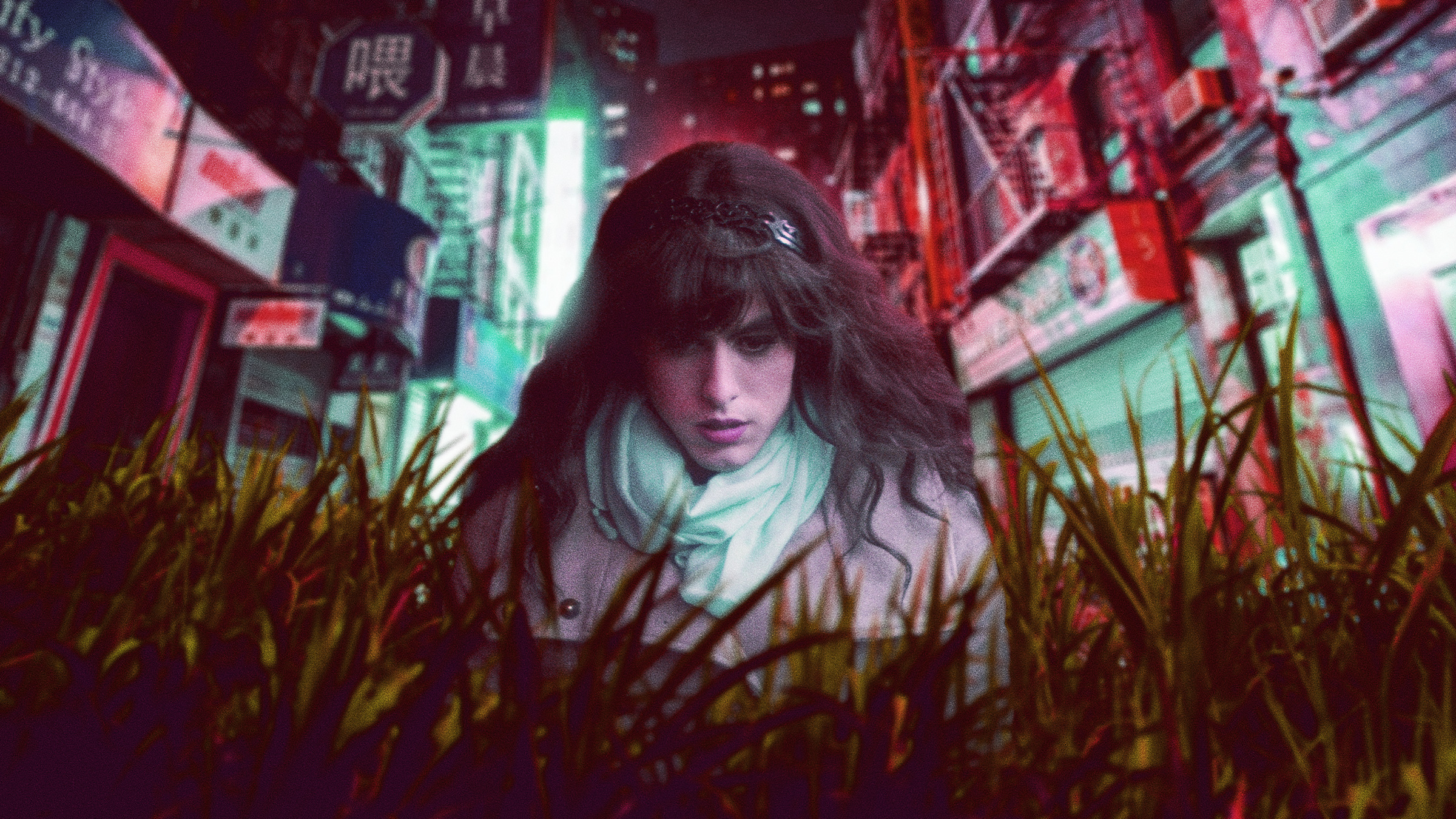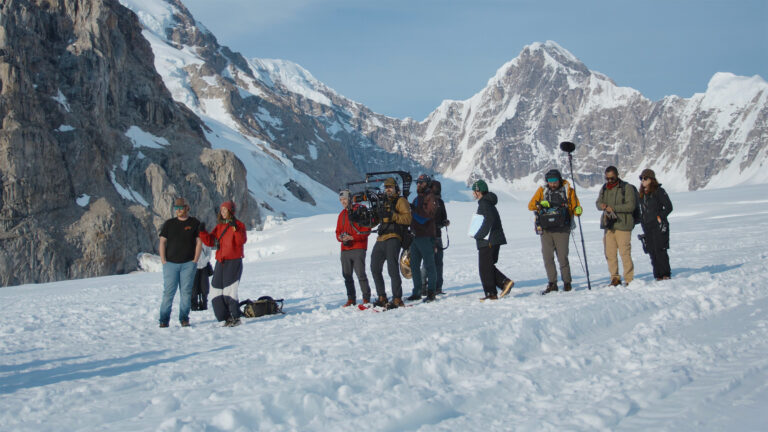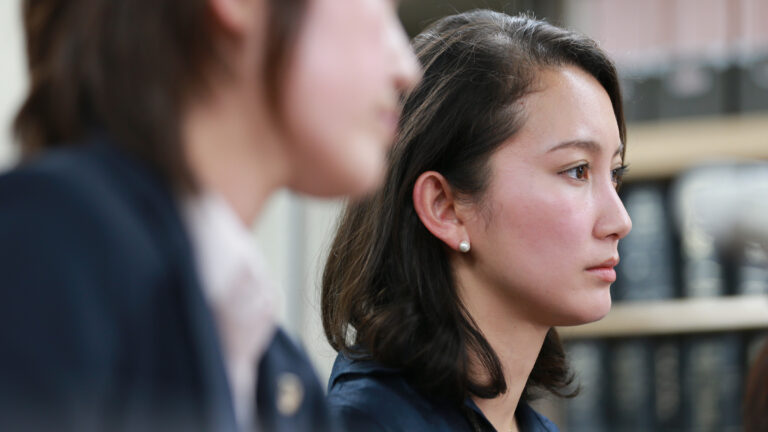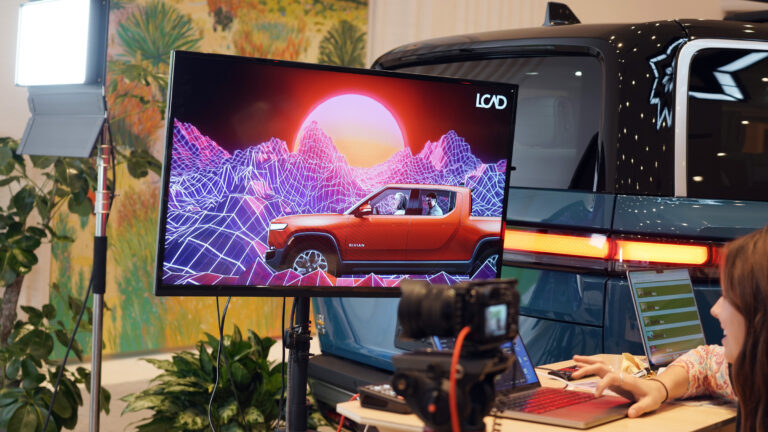The times when life imitates art can yield some of the most satisfying creative experiences for filmmakers and their audience, as both get to enjoy the journey toward unexpected discovery in their own way.
In this Pride Month installment of Made in Frame, we were fortunate to learn about the journey behind LUPE and how it breaks with the typical portrayal of transgender characters. Editor Shiran Carolyn Amir tells us about the logistical challenges of cutting a lean feature shot with a single camera, improvised dialogue, and a directorial team she’d never met in person until the film’s premiere—as well as taking us on her professional journey from assistant to editor.
Using your privilege
LUPE is the feature directorial debut for Boston-based André Phillips and Charles (Chuck) Vuolo—neither of whom are trans. But in the way that, for example, Chloé Zhao earned an Oscar for directing Nomadland by featuring actual members of the houseless community, André and Chuck used their opportunity to make a collaborative film that empowers the trans community.
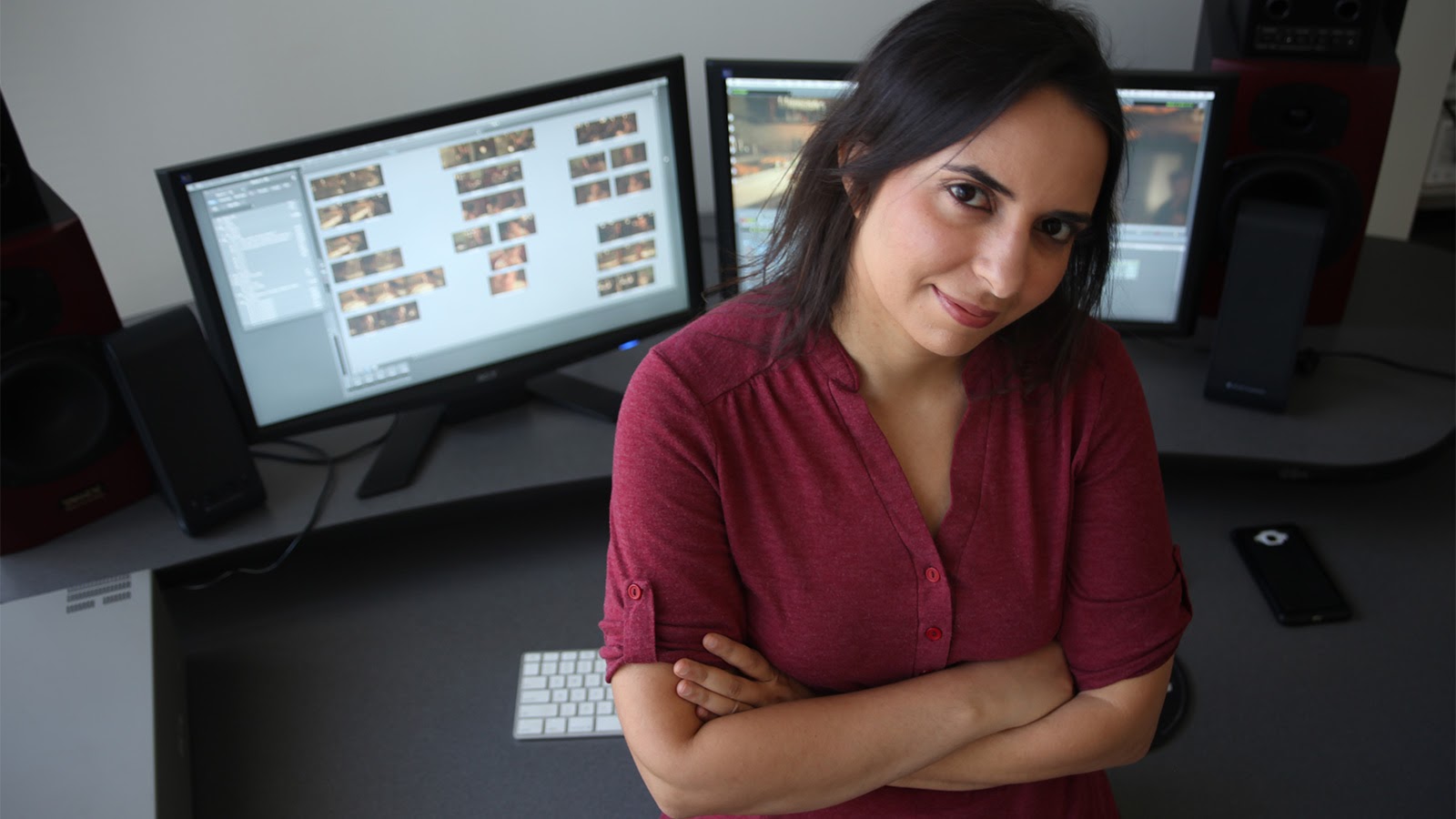
The two approached their good friend Celia Harrison to ask her what kind of film she wished someone would make about a trans character. She told them that she was tired of seeing trans people portrayed as weak or unstable, and as a trans person herself, would love to see a film that featured a trans person who was a badass.
The script for LUPE, which Harrison co-wrote, depicts Rafael, a Cuban immigrant who goes to New York City to search for his sister, whom he believes has been kidnapped into the sex trade. Rafael works as a boxing trainer by day but spends nights on the streets, confronting dangerous pimps and questioning prostitutes to track her down. As a skilled fighter, Rafael can handle any situation. But the one situation that’s most difficult is Rafael’s discovery of his true self—the woman called Lupe.
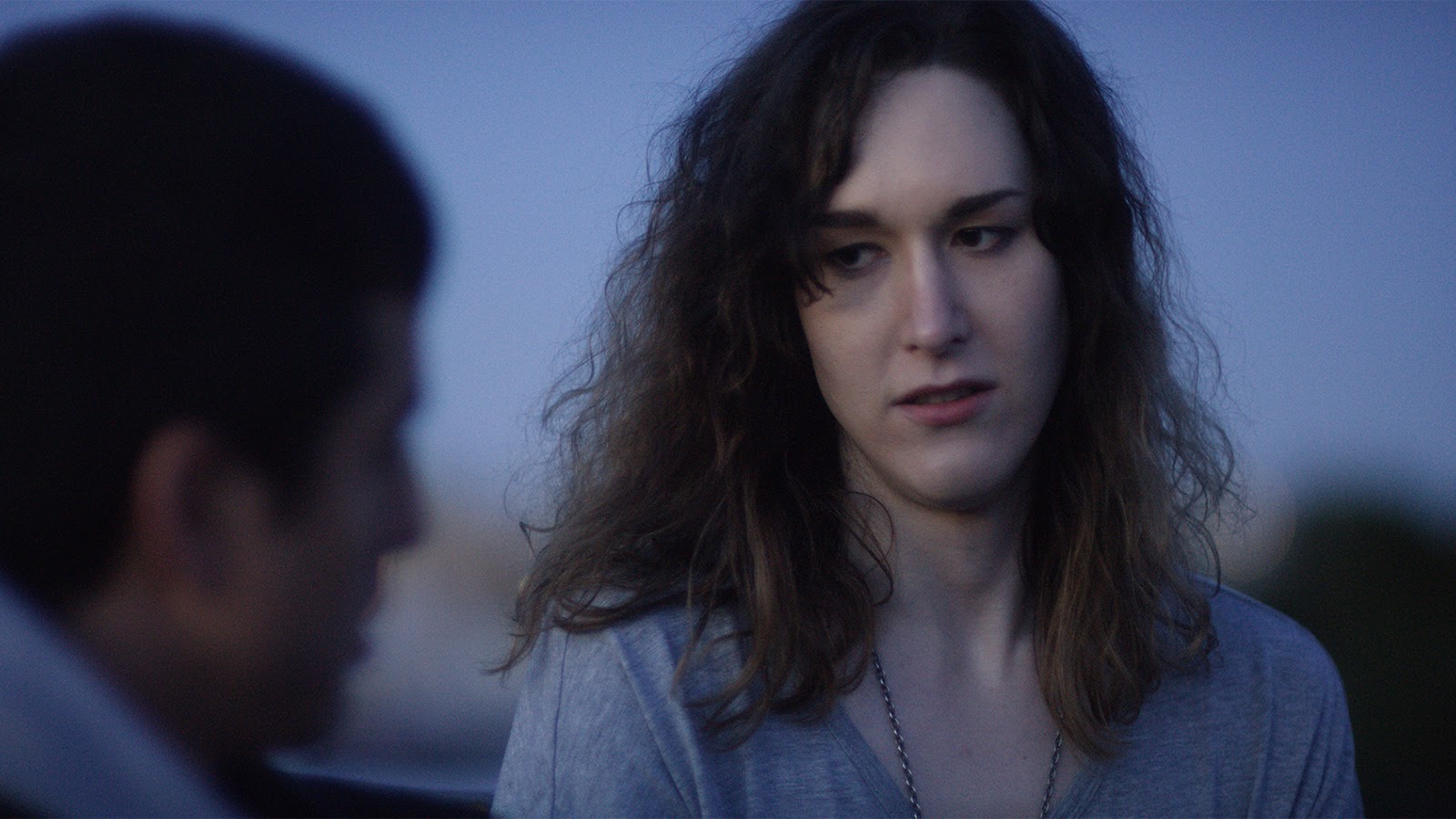
Celia plays Rafael/Lupe’s best friend and confidante, Lana, who helps them find their own way to express their femininity. Lana tells Lupe that being strong and having muscles makes them no less a woman than any other. It’s what’s in your heart that matters.
Puerto Rican actor Rafael Albarrán, in the process of taking on the role of Lupe, discovered their own gender fluidity while preparing for the role. And in the first instance of life imitating art, the filmmakers made the conscious decision to let Celia and Rafael improvise the dialogue in their scenes.
“It was more important to André and Chuck that Celia and Raf express their feelings authentically,” Shiran explains. “The directors were very careful not to impose their scripted words or ideas onto them.”
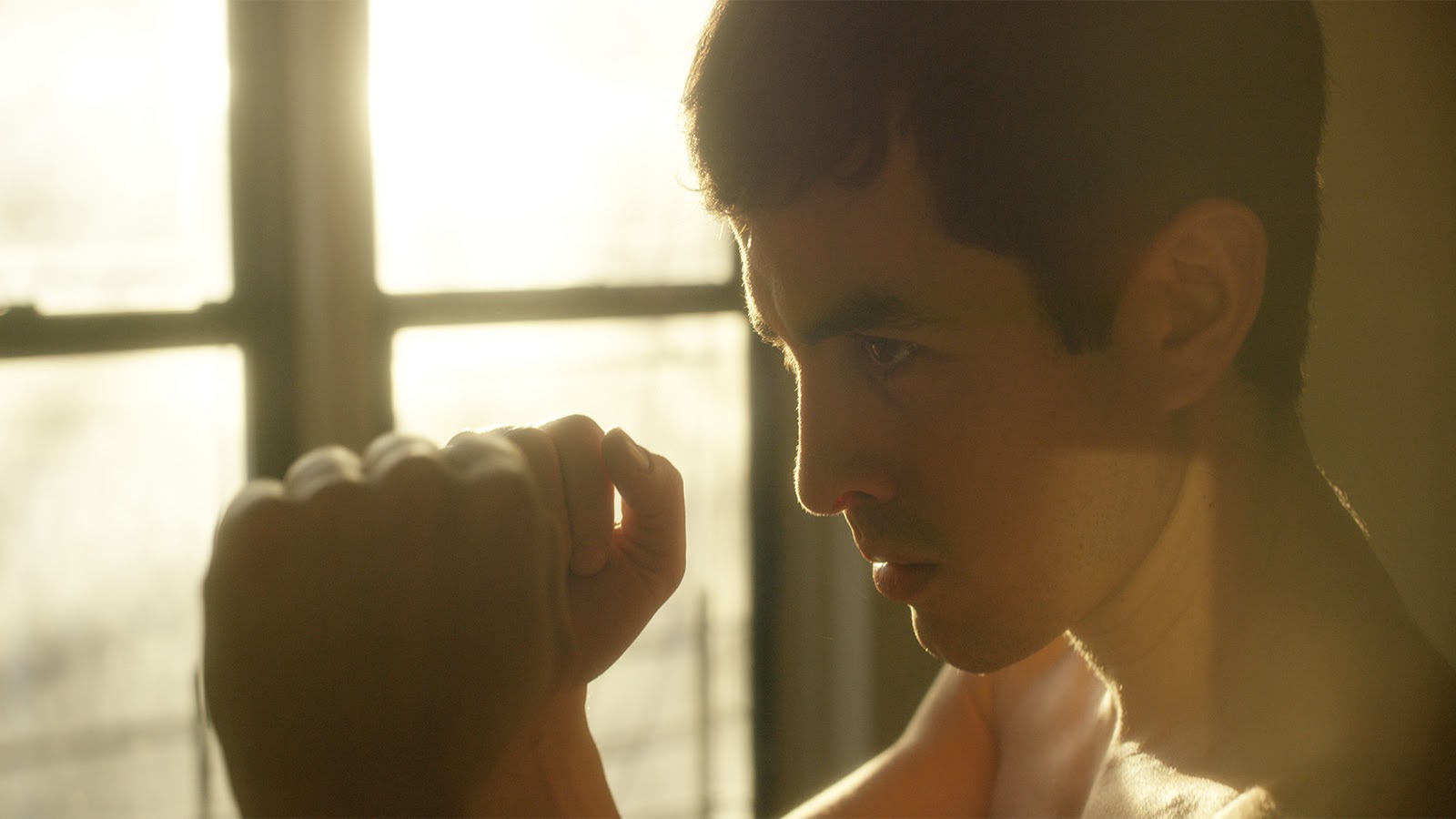
That choice resulted in a film that felt more like a documentary, and Shiran approached the project with that mindset. But first, she had to convince them that she was the right editor for the job.
Finding your path
“The directors originally did an assembly that they sent to my friend Bryan Colvin,” she says. “I’d been wanting to get out of assisting and had told Bryan that if he knew of an indie feature I could potentially work on, I’d love to do it.”
As it happened, Bryan was too busy to take the project on, and sent the cut to Shiran, who watched it with her friend, Oscar-nominated editor Frédéric Thoraval (Promising Young Woman), with whom she had previously worked on another indie film as his assistant. “As we watched it I could see that all the puzzle pieces were there—they just needed to be put together in a different way,” Shiran says.
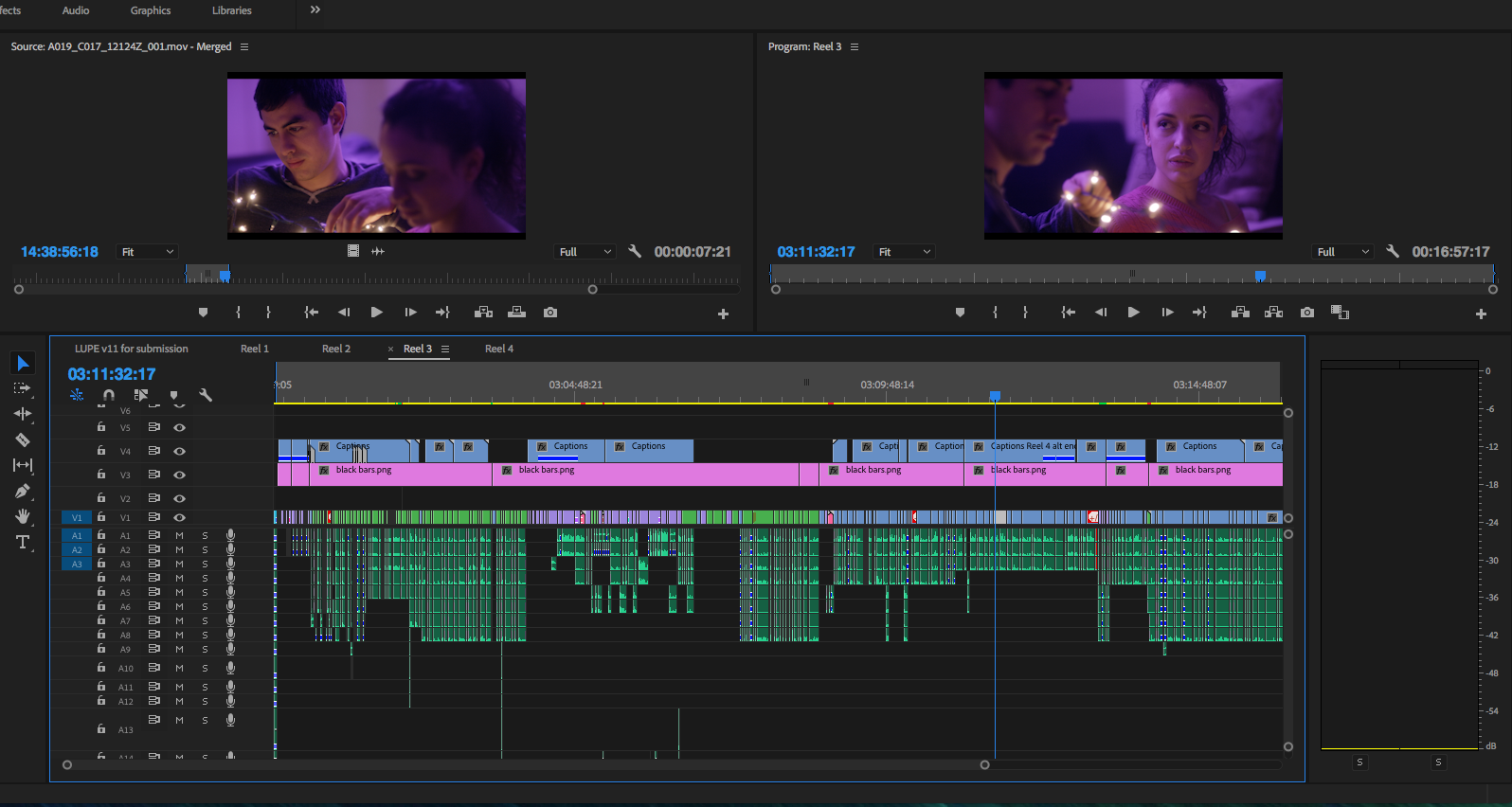
That was in 2017. Shiran had begun her professional career in reality TV and had moved into assisting in scripted TV and indie films. She knew that she wanted to edit narrative films and shows, so she saved up enough money to step back from assisting in order to take a step forward toward her goals.
“The directors didn’t know me and didn’t know my abilities, so they asked me to cut a sequence to see if our tastes aligned,” Shiran says. “The main scene in the sequence had originally been shot with three characters, but one of them wasn’t fully fleshed out enough to justify her staying in the scene. So I had to cut her out and make it look like Lana and Lupe were talking to each other, when originally they had been sitting side by side. We flopped Lana’s shots, and there was some paint work to get rid of Lupe’s sweatshirt, which was right behind Lana’s shoulder.”
Shiran also intercut the sequence with scenes from Rafael/Lupe’s memories, which serve as elegant exposition as they grapple with their feelings about a man they know—who’s straight and whom they doubt will reciprocate their feelings.
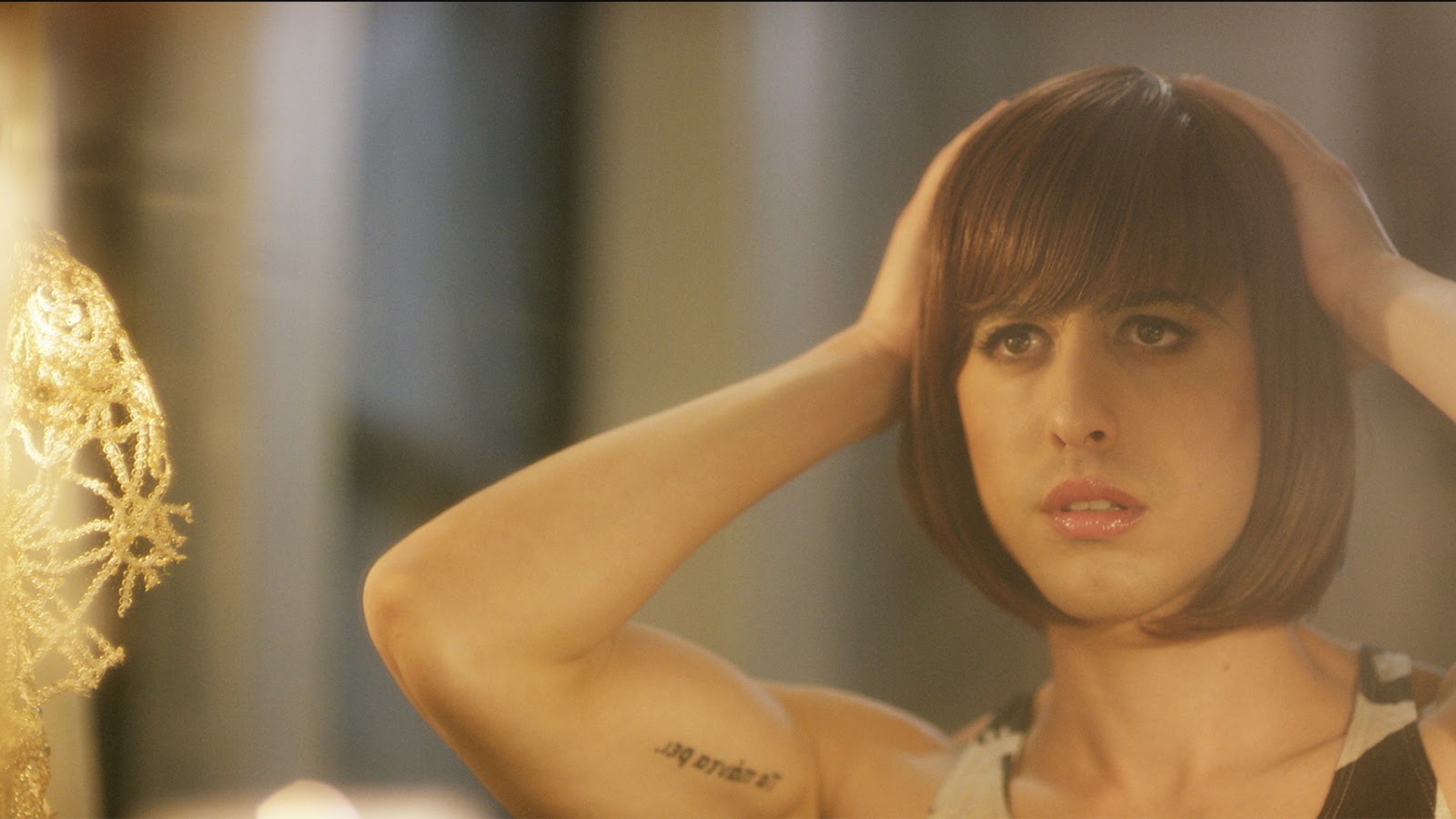
The directors loved what Shiran did, and hired her to edit the film—which meant starting the cut from scratch without even the guidance of a script. Given the amount of improvised dialogue, it was the right approach. In fact, in one spontaneous scene, Rafael (the actor and the character) comes up with their feminine name—Lupe—which became the film’s title.
Making it real
André and Chuck, along with cinematographer T. Acton Fitzgerald, shot 15 days of principal photography in New York with a RED Epic DRAGON 6K and four days in the Dominican Republic (doubling for Cuba) with a RED WEAPON 5K. Because they were shooting with a single camera, there were times when the directors couldn’t physically be near the camera to see what Fitzgerald was doing or they’d appear in the frame—as in the case of the characters running through the sugarcane fields. “There was a lot of trust involved,” Shiran says.
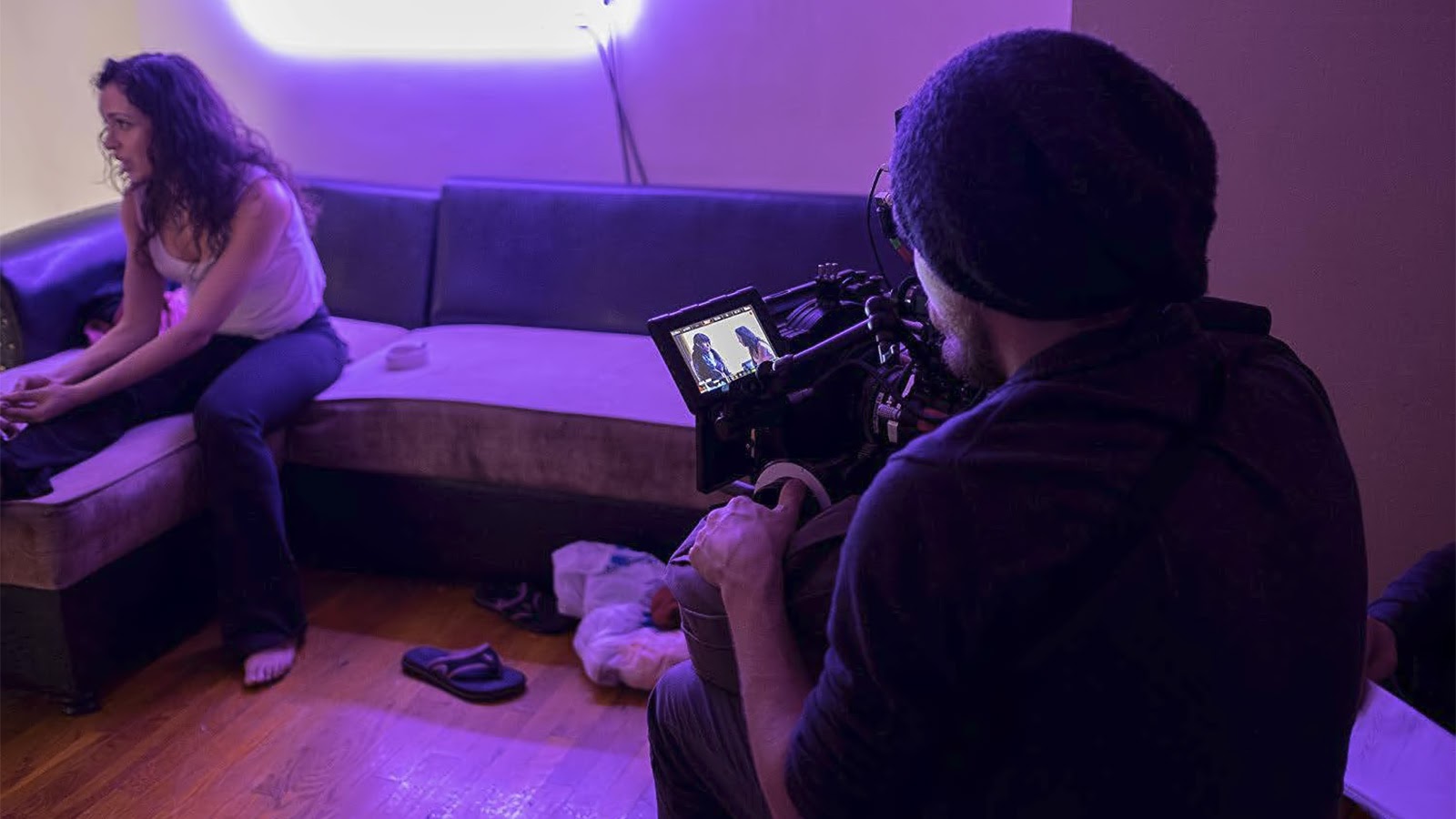
As there was for them in choosing her for the edit, having never actually met in person. The directors did their original assembly in Premiere, so Shiran used this project to refamiliarize herself with it after working almost exclusively on Avid for most of her professional career. “I’d started using Premiere in high school,” Shiran says. “But also, working on this project in Premiere and using the Frame.io integration made it very easy to have their notes come in straight to the Premiere markers.”
She started by creating separate folders for the four principal storylines: young Rafael and his sister in Cuba, present-day Rafael in New York with their roommate Elsa, Lana and Rafael as he transitions to Lupe, and Rafael as a boxing trainer.
Shiran’s goal was to bring a set of fresh eyes to combine the storylines smoothly in order to create a cohesive narrative with a satisfying arc. “The scene that’s the most pivotal, the climax of the movie, wasn’t even included in the original assembly,” she notes.
Produced on “a very low budget,” without a lot of coverage, Shiran wound up using every scene that was shot, with the exception of one. She even cleverly found ways to cut scenes that were shot with the intention of being in only part of the film and utilizing them in a couple of places, as in the case of Lupe chatting with her roommate before going out into the city as a woman.
Keeping it authentic
The editing process spanned two years, from 2017 until LUPE’s premiere at the Cinequest Film Festival in 2019—at which point Celia was no longer closely involved with the production. Shiran, André, and Chuck were feeling good about the cut, but didn’t want to presume that it accurately honored the transgender experience. “I thought we might be doing a disservice to the community and potentially not serving the bigger cause,” Shiran says. “And I wasn’t going to lock the cut without that feedback.”
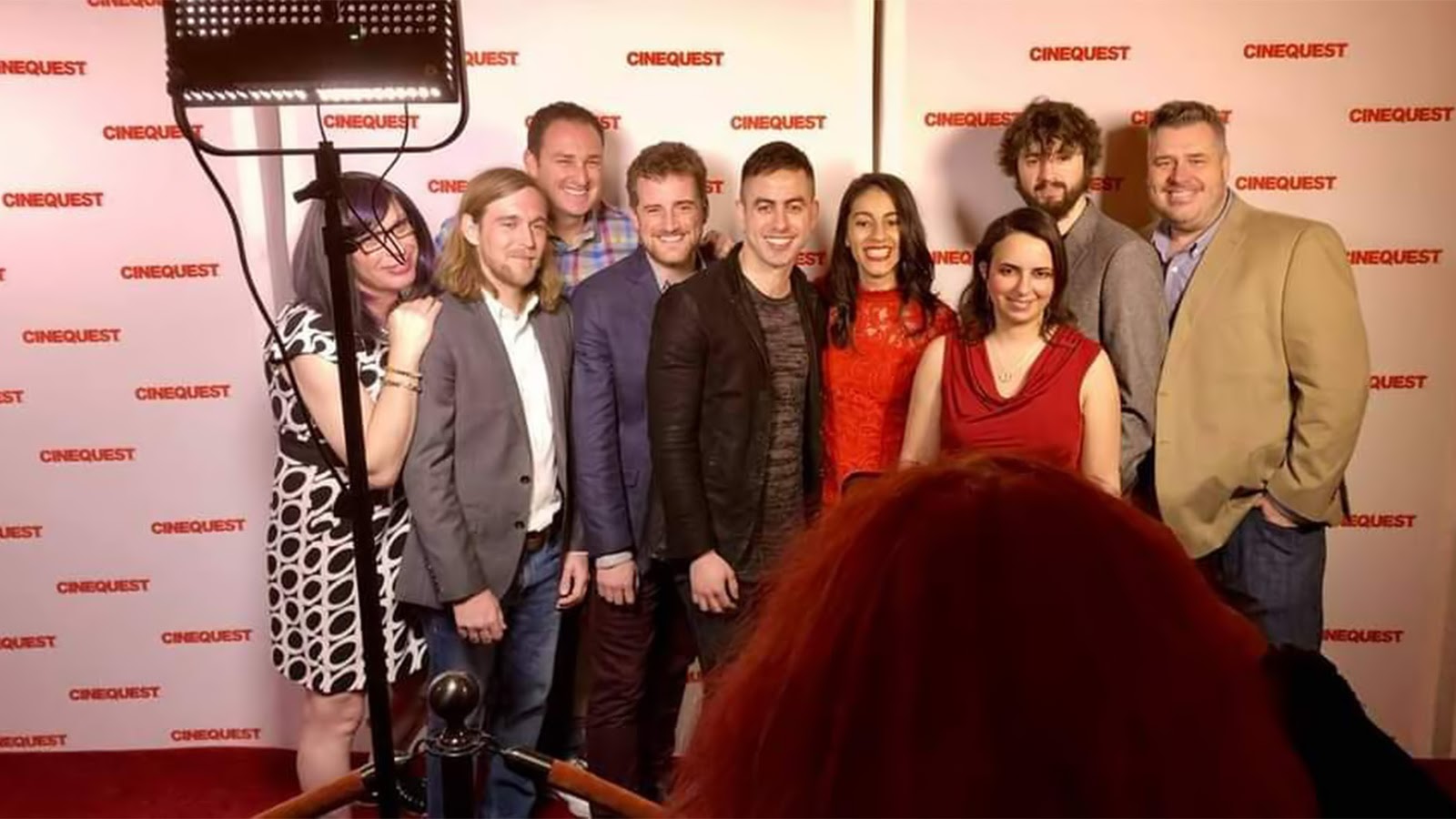
She also knew that she was going on to other projects and that once the cut was locked, someone needed to shepherd the project through post-production.
Enter associate producer Kerry Michelle O’Brien, whom Shiran spotted on the Facebook group Blue Collar Post Collective, a well-regarded forum for post-production professionals. “I wrote her a private note,” Shiran says, “and she invited me for lunch on the Disney lot where she was working.” They discussed the film and Kerry said she’d be happy to watch it.
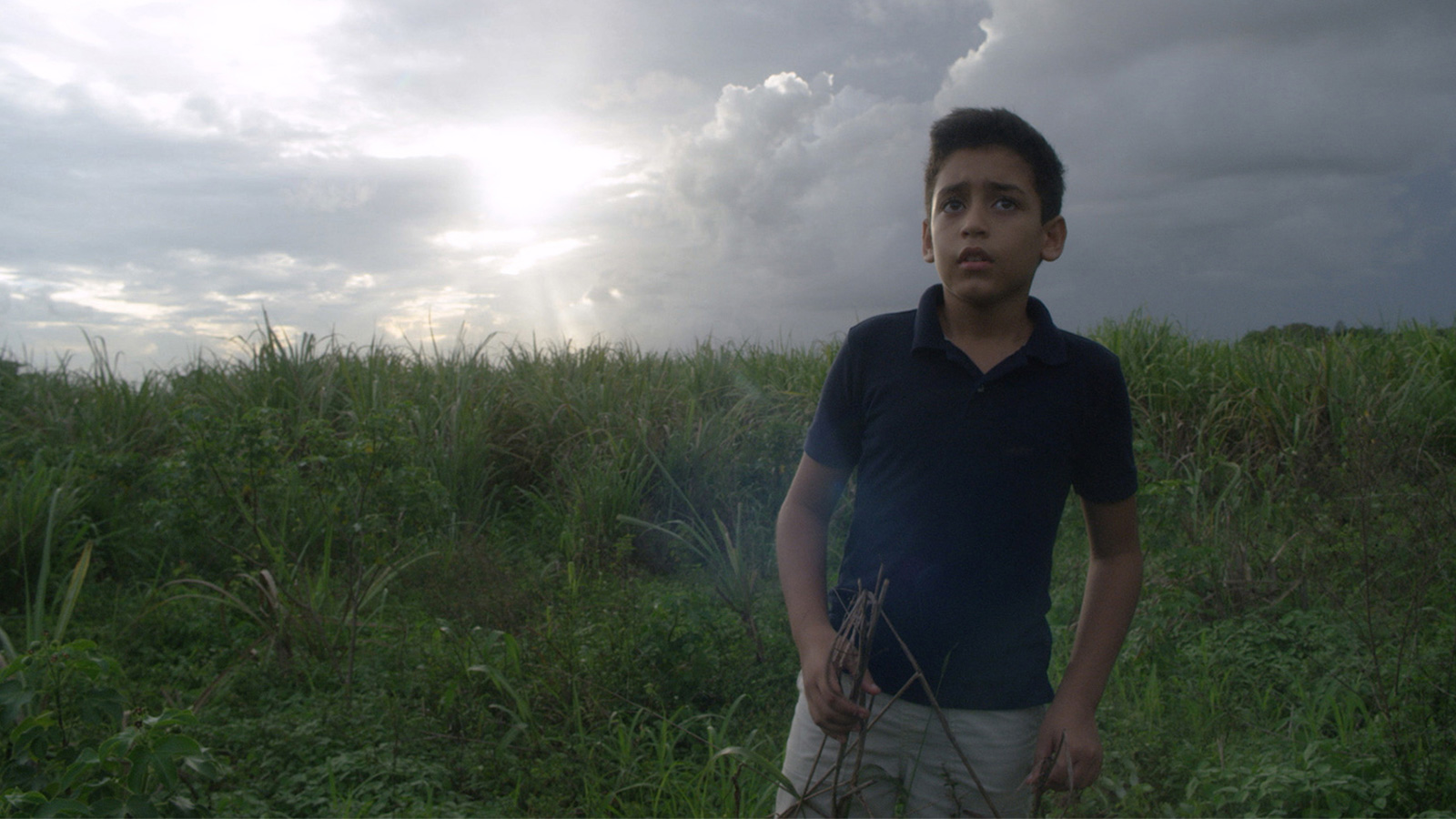
Shiran sent Kerry the cut. After several days, Shiran pinged her for her feedback. “I’ll send you notes,” Kerry said. “But first, I have to stop crying.”
The film deeply resonated with Kerry and her own experience. “It was really heartwarming,” Shiran said. “I was editing the film and trying to keep a genuine sense of empathy for the struggles of the transgender community.”
Kerry came on board to take the film through post, and proved to be an important creative voice in the project, as well. “Rafael experiences a highly emotional moment in the film that we linger on for quite a while. The directors wanted to shorten it, but Kerry insisted on leaving it alone,” Shiran said. “If you’ve ever had everything that you believed was your life’s meaning pulled out from under you, you can relate to the emotion of that scene. It’s completely earned.”
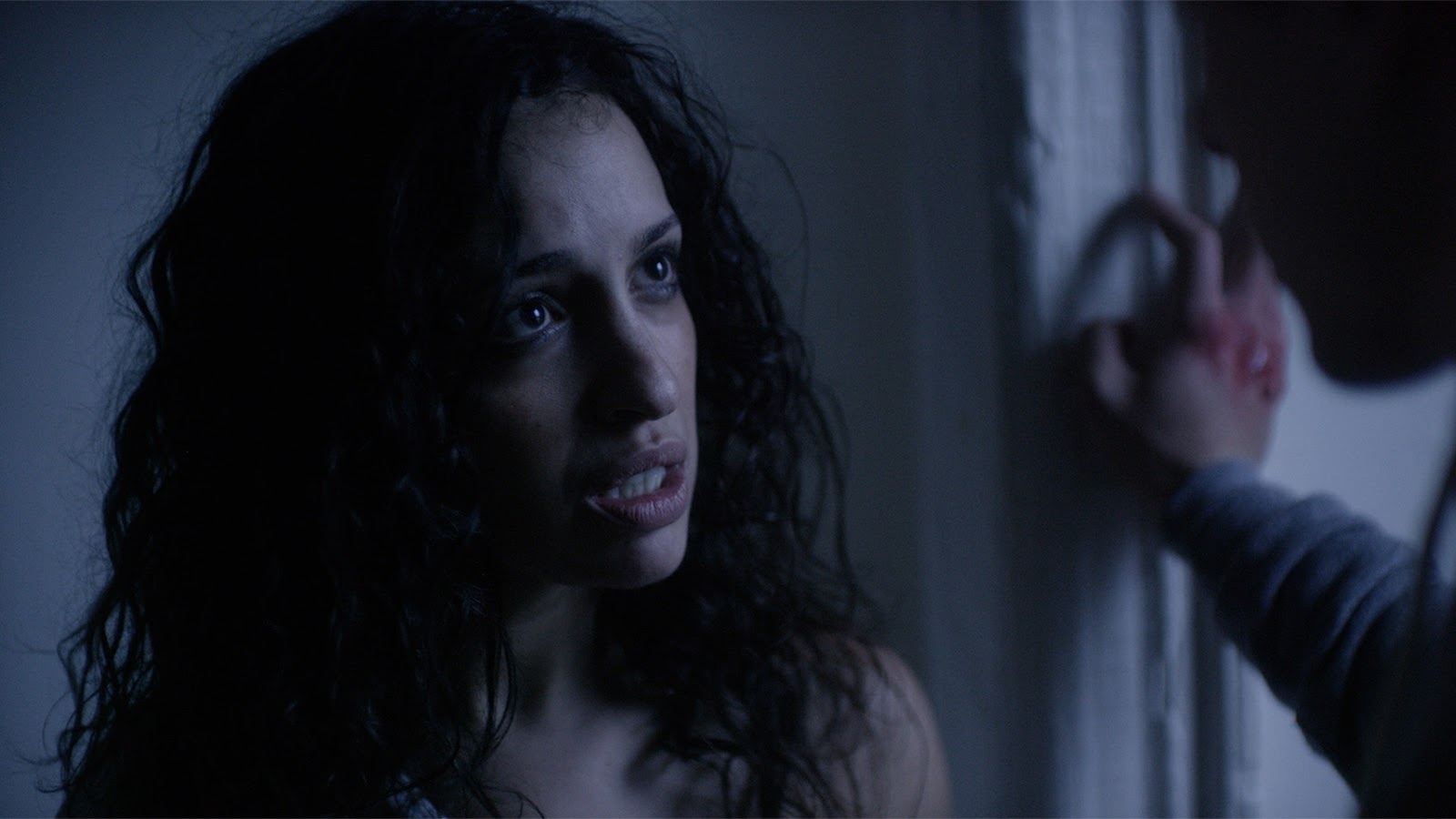
At the multiple festivals that Kerry traveled to with the film, she was gratified to learn that not only did transgender people in the audience feel they were accurately portrayed, there were also several sex workers who told her how much they appreciated their portrayal, as well. In the film, these are immigrant women who want to better their lives by coming to the U.S., but the downside is that they’re faced with hard choices and do what they have to in order to survive.
Shedding stereotypes
LUPE seeks to shed stereotypes in a variety of ways, not the least of which is how we perceive the Cuban immigrant experience. The bleak New York cityscape contrasts with the lush and colorful landscape of Lupe’s childhood home, as she dreams of finding her sister and returning to Cuba.
Shiran, who was born in the U.S. but grew up in Israel, likewise returned to make her permanent home in Los Angeles after her mandatory service in the Israeli Air Force, where she worked as an editor on training videos. Her career is built on her tenacity and sacrifice, as she’s come up against the bias of being looked at as a woman in a male-dominated industry. Even given that women are better represented in editing than in most other industry disciplines, there remains a significant gender gap.
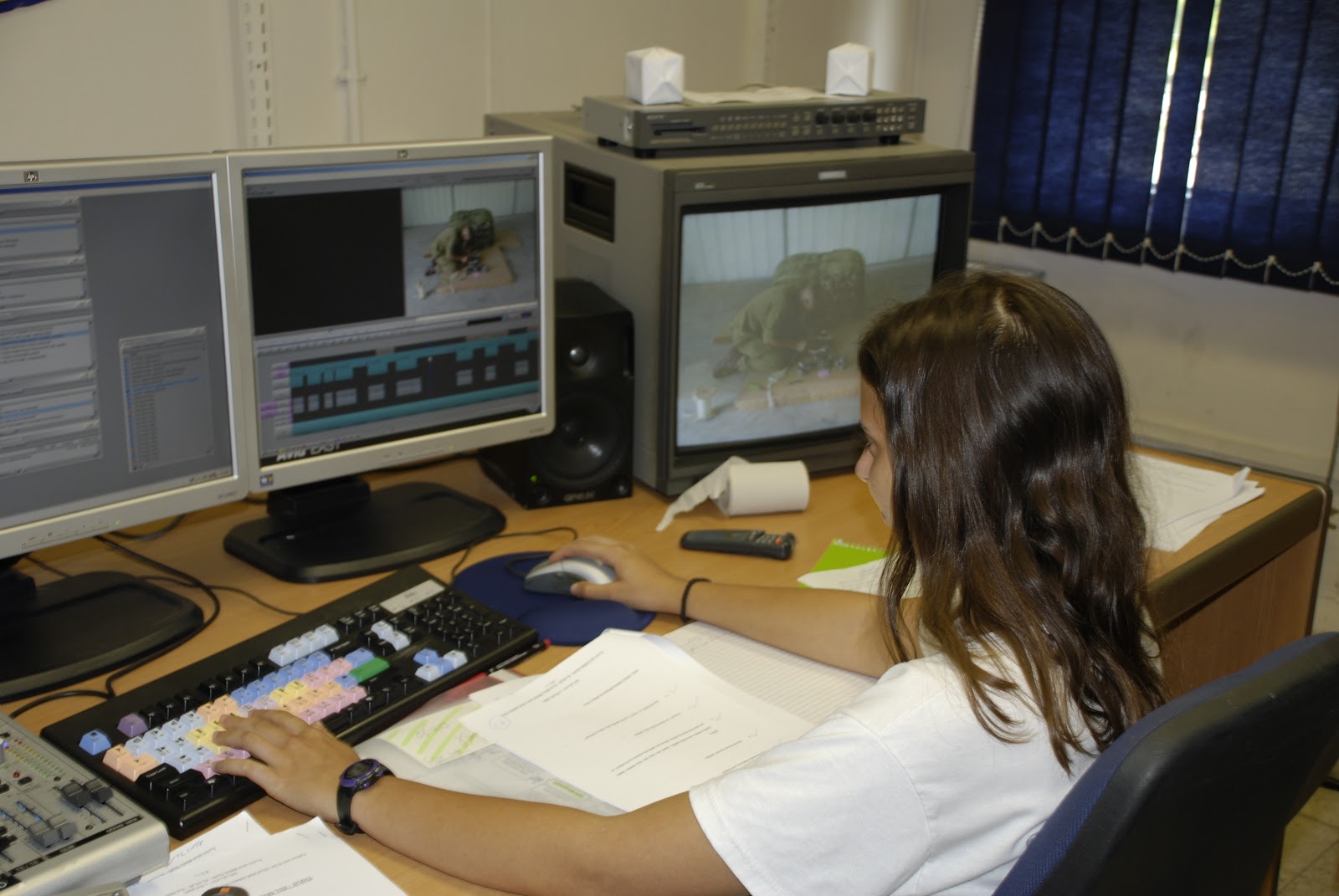
It’s why Shiran has had to take her career trajectory firmly into her own hands, reaching out to established editors like Dan Lebental, who hired her to assist on an indie feature he edited in between Marvel projects. Her hard work has helped her earn not just industry cred, but long-standing friendships with him and Frédéric Thoraval, Lisa Lassek, Evan Schiff, Julio Perez, Chris McCaleb, “and so many others,” Shiran says. “After years of watching how they figure out a scene, or how they smooth out a bump, or how you trace where the eye goes to in a frame, I just learned so much from all of them.”
Which is why, after all of those years of assisting, she knew that if she wanted to be perceived as she saw herself, as a true editor, she’d have to take the leap to cut an indie film. The sacrifice? Less money. The reward? A film that was a hit at Cinequest and was picked up by HBO Max in February. She’s since edited several projects, including on the series Z-Nation, as well as on an upcoming feminist horror movie called Student Body.
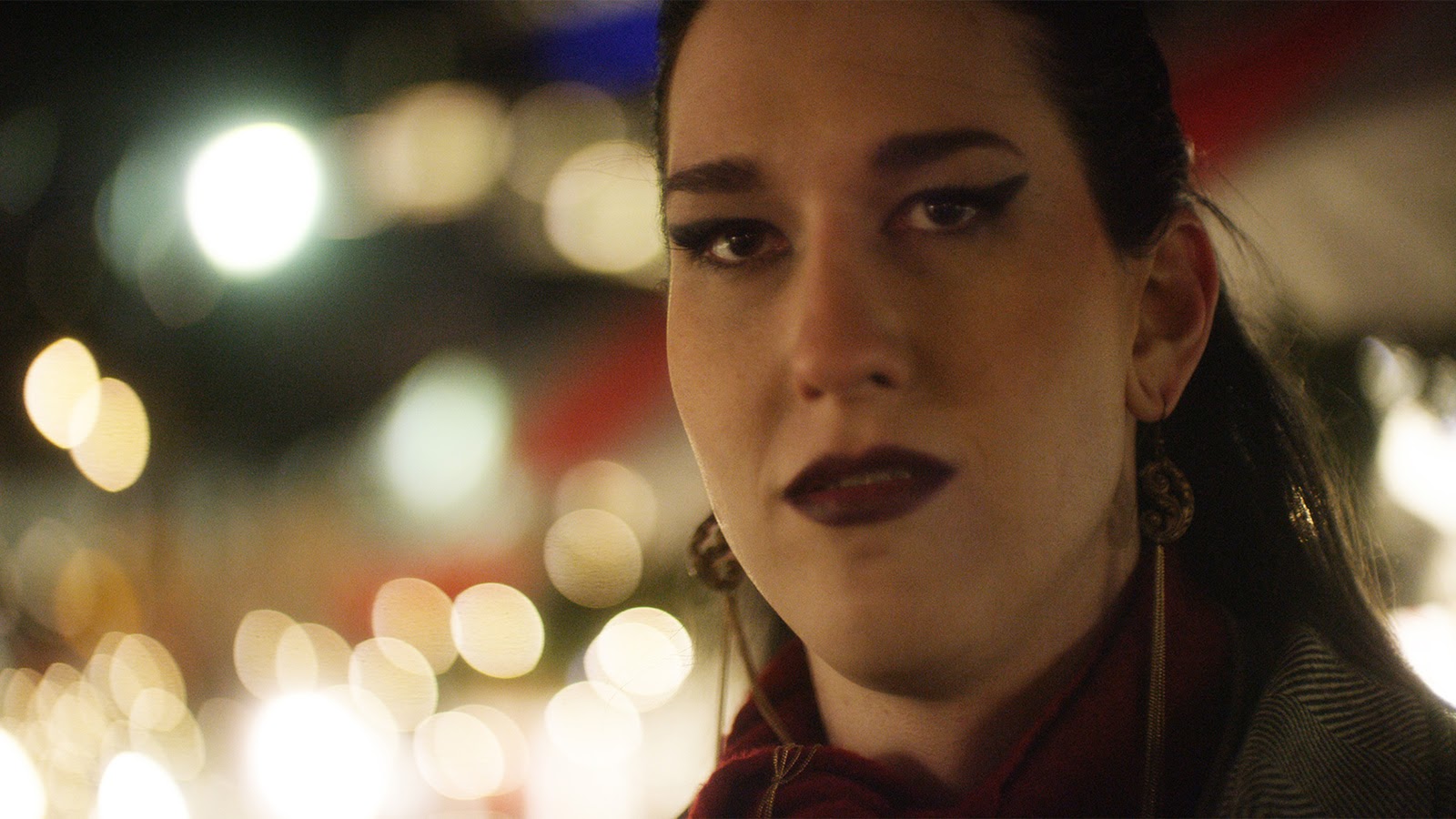
Shiran looks at her journey from assistant to editor and reflects on the more universal message of Lupe, another reason she embraced this project with such passion. “It’s not just about the transgender or LGBTQ+ experience,” she says. “It’s about anybody who wants to do something they love but they don’t fit in with society’s expectation of what that is. It’s like Lana says in the film, ‘Why can’t you be a badass woman and kick all the asses?’” It’s a quote that Shiran identifies with in terms of her drive and career ambitions.
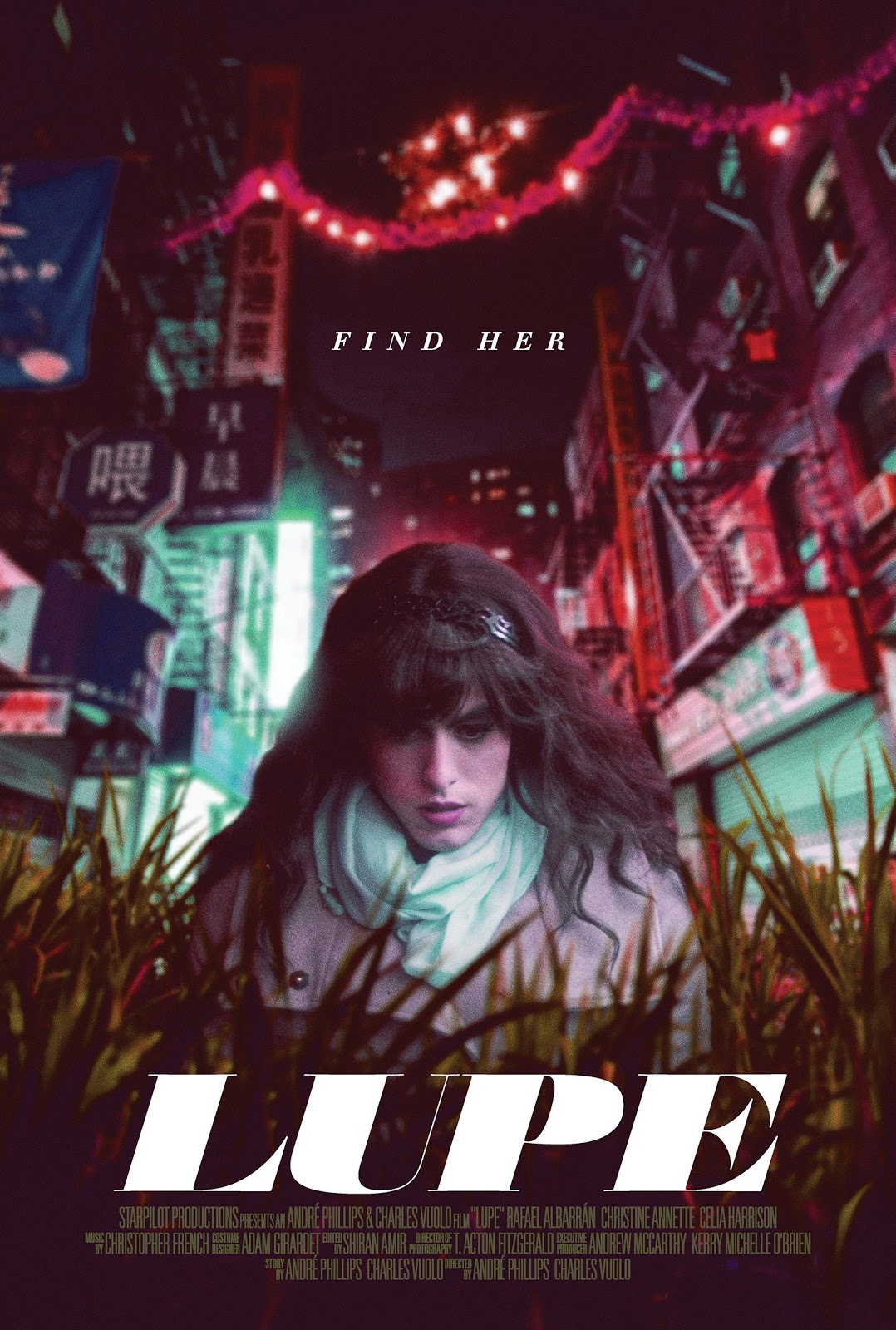
LUPE ends on an uplifting note, with our main character finding herself and her place in the world. And in the final way that life imitates art, Shiran has found her place in the filmmaking industry and continues to gain recognition for her accomplishments.

